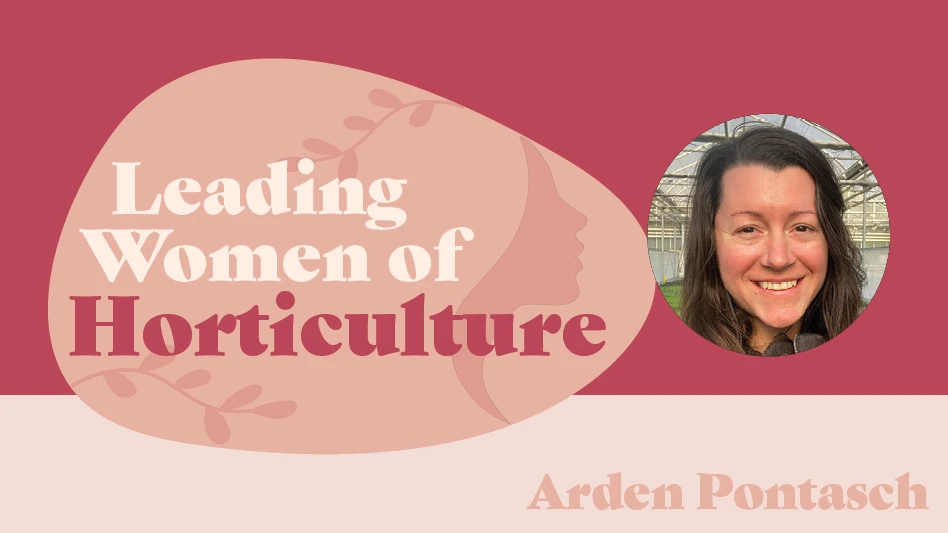
I know that being around trees and green spaces is a healthy choice for me. It alleviates stress and gives me an overall sense of peace. But does that save me a $20 copay at the doctor’s office? Researchers are trying to make that connection. They’re tracking the impact of urban forestry on health expenses in Northern California by correlating trees’ locations with medical data from Kaiser Permanente.
The researchers’ goal is to advocate on Capitol Hill for nationwide investment in urban forestry to prune medical costs. They also plan to develop an online cost savings estimation tool for U.S. communities.
“The reason this study has never been done before is that it’s really hard to infiltrate insurance data,” says Matt Browning, assistant professor at the University of Illinois at Urbana-Champaign’s College of Applied Health Sciences in a story published in Conservation Finance Network. “Most studies look at subjective measures of health. This is a really novel study that’s taking a long time to have all the administrative elements worked out. We’re hoping to have results in the fall.”
The aerial view of Northern California will be based on various geospatial data sets. High-resolution LIDAR imagery can show whether any location in the entire region consists of trees, shrubs, buildings, grass or pavement.
“We can pull out individual trees. We can pull out whether there’s land use under the trees. We can pull out whether there’s a canopy and grass underneath,” Browning says.
The researchers are expecting a 1:10 to 1:100 ratio for investment in urban green space with regard to reduction of health care expenditures, Browning says. Therefore, investing $1 in planting and maintaining urban trees would reduce health care costs nearby by $10 to $100.
The type of green space makes a difference. One of the researchers’ goals is to classify the green space into three categories: street trees; park spaces; and private yards. Tax parcel data can show which green spaces are publicly owned.
One objective of the study is to create an online data tool that communities can use to assess the health savings they can achieve by planting trees. They can paste in community data on housing density and sociodemographics to evaluate the ROI of a tree-planting campaign.
If the researchers can add cities that represent a diversity of environments nationally, then the tool will be reflective of the entire United States. Because Northern California has different seasonal foliage and weather than other parts of the United States do, Browning said he hopes to create a nationally usable simulation database by adding other cities to the dataset later.
Read more about this impactful study at http://bit.ly/2v68VqI.


Explore the August 2017 Issue
Check out more from this issue and find your next story to read.
Latest from Nursery Management
- Trends: Proven Winners 2025 perennial survey shows strong demand
- Online registration opens for the 2025 Farwest Show
- Sustainabloom launches Wholesale Nickel Program to support floriculture sustainability
- Plant breeding as an art
- Society of American Florists accepting entries for 2025 Marketer of the Year Contest
- American Horticultural Society welcomes five new board members
- Get to know Christopher Brown Jr. of Lancaster Farms
- American Floral Endowment establishes Demaree Family Floriculture Advancement Fund







